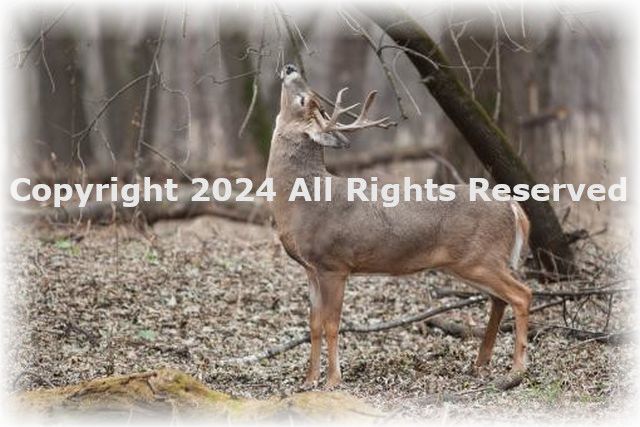
The Science of Deer Behavior During the Rut
The rutting season is one of the most exciting and challenging times for deer hunters. It is a period marked by heightened deer activity, as both bucks and does engage in mating behaviors that are driven by biological instincts. Understanding the science behind deer behavior during the rut can help hunters refine their strategies, ensuring they are in the right place at the right time.
The Rutting Cycle
The rut, or breeding season, typically begins in the fall when shorter days and cooler temperatures signal to deer that it’s time to reproduce. The exact timing can vary depending on the geographical location and local environmental factors, but it generally peaks between late October and mid-November in most parts of North America.
During the rut, the behavior of both male and female deer changes significantly. Bucks enter a heightened state of aggression and competition as they vie for the attention of does. The majority of deer movement during this time revolves around mating, and this creates both opportunities and challenges for hunters.
Bucks: Dominance, Competition, and the “Chase”
For bucks, the rut is a time of intense activity. They begin by increasing their movement to find receptive does and establish dominance over other bucks. The primary physical change is an increase in testosterone levels, which results in increased aggression, marking territory with rubs on trees, and scraping the ground with their hooves. These behaviors are designed to assert their dominance and signal their presence to both does and rival bucks.
As does come into estrus, bucks will actively chase them. This can lead to erratic movement patterns that can be difficult to predict, making it harder for hunters to anticipate where the bucks will be. This is particularly true in the early part of the rut, when bucks are often chasing does and covering large distances in search of mating opportunities.
As the rut progresses, bucks often become more focused and less erratic. By late rut, bucks may exhibit more predictable behaviors as they begin to conserve energy. They will often settle into specific areas where they are more likely to encounter does that are still in estrus. This is the prime time for hunters to take advantage of patterns and focus on food sources and bedding areas that might attract deer.
Does: Estrus and Group Dynamics
For does, the rut is a time to ensure reproduction. Typically, only a small percentage of does will be in estrus at any given time, but this can change rapidly. During estrus, does exhibit behaviors that attract bucks, such as increased vocalizations and scent marking. These vocalizations can draw bucks from miles around, leading to increased movement.
Does are often more secretive than bucks during the rut. They tend to stick to food sources and bedding areas where they feel safe, though their movements are dictated by their estrus cycles. As the rut progresses, does may form loose groups, with a dominant doe leading the group and attracting attention from multiple bucks.
Peak Times for Deer Movement
Understanding the peak times for deer movement during the rut is essential for hunters. Bucks are most active during dawn and dusk, with the highest levels of movement occurring in the early morning hours before sunrise and just before sunset. This is when they are actively searching for does or marking their territory.
However, during the rut, deer movement becomes more unpredictable, as bucks can be active at any time of the day. The late stages of the rut often see deer moving during the midday hours, especially when they are on the trail of a doe in estrus. This can provide hunters with additional opportunities throughout the day.
Adjusting Hunting Strategies
To capitalize on the behavior of deer during the rut, hunters should adapt their strategies. Since bucks are more likely to be moving throughout the day, hunters should focus on places where they can remain concealed and cover a variety of potential movement paths. This might include hunting near doe bedding areas, food sources, or along trails where bucks are known to move.
Additionally, understanding the timing of estrus in the local herd can give hunters a better sense of when to be in the woods. The first few days of the rut can be chaotic, with lots of chasing and unpredictable movement, while the second phase of the rut often provides more opportunities for hunters to take advantage of bucks’ more focused behavior.
Conclusion
The rut is a time of heightened deer activity and dramatic behavioral changes. For hunters, understanding these behaviors can make all the difference in crafting an effective strategy. Whether it's recognizing peak times for movement or knowing when bucks are most likely to be chasing does, applying the science of deer behavior during the rut can increase the likelihood of a successful hunt. With patience, knowledge, and strategic positioning, hunters can take advantage of this exciting and intense time in the deer season.
